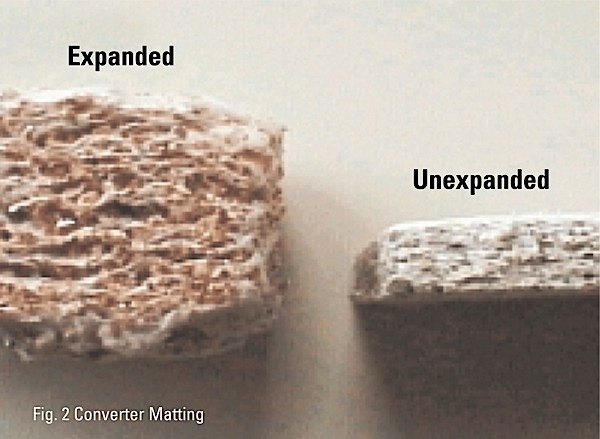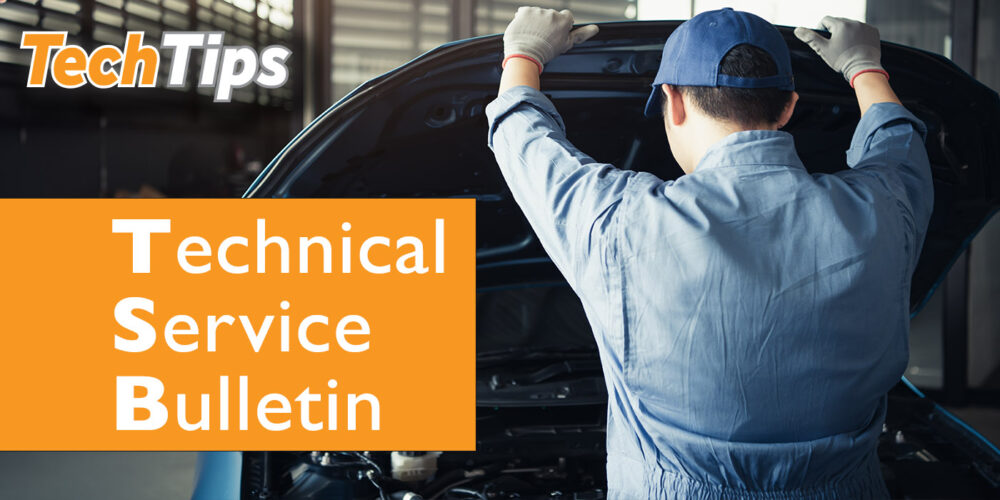
Fuel Pumps and Cranking
Diagnosing the problem comes down to understanding what causes a loss of fuel pressure.
Here is a diagnostic puzzle: An owner comes to your shop complaining that it takes longer than expected to start his car’s engine in the morning. There are no codes for the crankshaft and camshaft sensors. And, the oil pressure is within specifications. If you are lucky, you might have a code for low fuel pressure on the high side of the direct injection system. What could be the source of the problem?
Electric Power Steering Diagnostics
Load management for steering systems.

Solving VW False Fuel Pressure Reading
First, verify the customer did not run out of fuel at the time the DTCs were stored.

Tech Tips for Dorman’s OE FIX Steering Tie Rod End Assembly
Read the tech note for tips on installation of this unique fix.

Acura Frozen Starter Causes No Start
Why won’t the engine crank after the vehicle has been exposed to precipitation and then freezing temperatures?

Other Posts
Strut Sales
It all comes down to educating the customer about the benefits and asking for the sale.

Beating the Tech Shortage Through Mentoring
How understanding the 80/20 Rule and creative mentoring can make the shortage less threatening.

Nissan Key Will Not Start
Nissan keys use radio frequencies (RF) similar to other everyday wireless devices.

Taking the Fear out of ASE Testing
Spring registration now open; Register by June 30.






